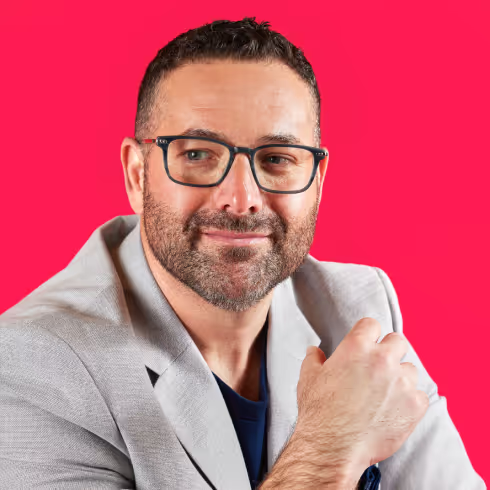Hurts so good - Lessons learned from the cruel side of design


We’ve just rocketed off a new venture (yes, a launch at Launch, wordplay!). This is no bottle rocket, though. Instead, it’s meant to be a catalyst for your wildest product development dreams — literally.
Clinton Bonner, Launch by NTT DATA’s VP of Marketing, took center stage in the very first episode of our podcast, Catalyst. The topic? How product design can sometimes be downright cruel. Like going ten rounds with Mike Tyson or choking through Grandma’s “famous” holiday fruitcake kind of cruel.
Face it, we learn from the good and the bad
As much as we all love hearing about ideas that created a burning desire to succeed, sped through validation, and rocketed to the top of the market, there are valuable nuggets of wisdom lurking behind the cruel misfortune of worthy product ideas abandoned before they ever have a chance to flourish. Contrary to what mom may have told you growing up, lessons don’t always have to be learned the hard way — at least, not personally. In this episode of Catalyst, Clinton shares some cruelties others have suffered so you don’t have to.
One of the biggest? Don't do design for the sake of design. Unless something is truly "blue sky" and you’re using design for pure exploration purposes, don't do it. This is when design can turn cruel.
Why? Oftentimes this process involves bringing in designers (only) and watching them do “the art of the possible” design. The end result is strikingly beautiful and wildly innovative. The problem? There are no guardrails in this lofty utopia-esque brainstorming process. When you don’t have technical discussions to accompany all of that creative mojo, you completely miss the “possible” part — leaving you with an idea that can’t actually come to life and disappointed stakeholders.
Like Elvis said, “Don’t be cruel.” So here’s what to do instead.
Continuous teams make all the difference. From jump street, designers are at the table with engineers and architects, and that core team sticks with you through the entirety of the project. Not only do you have your cake, you really do get to eat it too.
This process truly is the “art of the possible” because you get the wow and sizzle of design (and that matters for so many reasons, including internal momentum!) and thanks to your technical friends, what is being designed is literally possible!
Check out all of Clinton’s insights, avoid personally learning lessons the hard way, and create a path forward that eliminates the cruel side of product design.
Finally, don’t forget to subscribe to Catalyst wherever you get your podcasts! We drop a new episode every Tuesday, and each one is jam-packed with catalysts for digital experiences that move millions.






